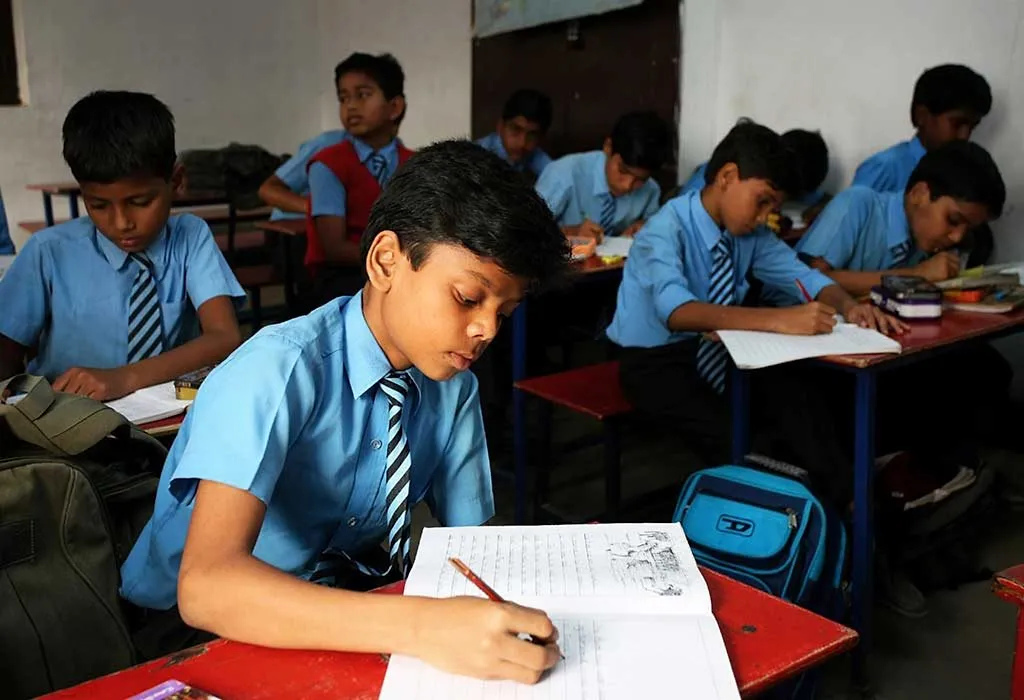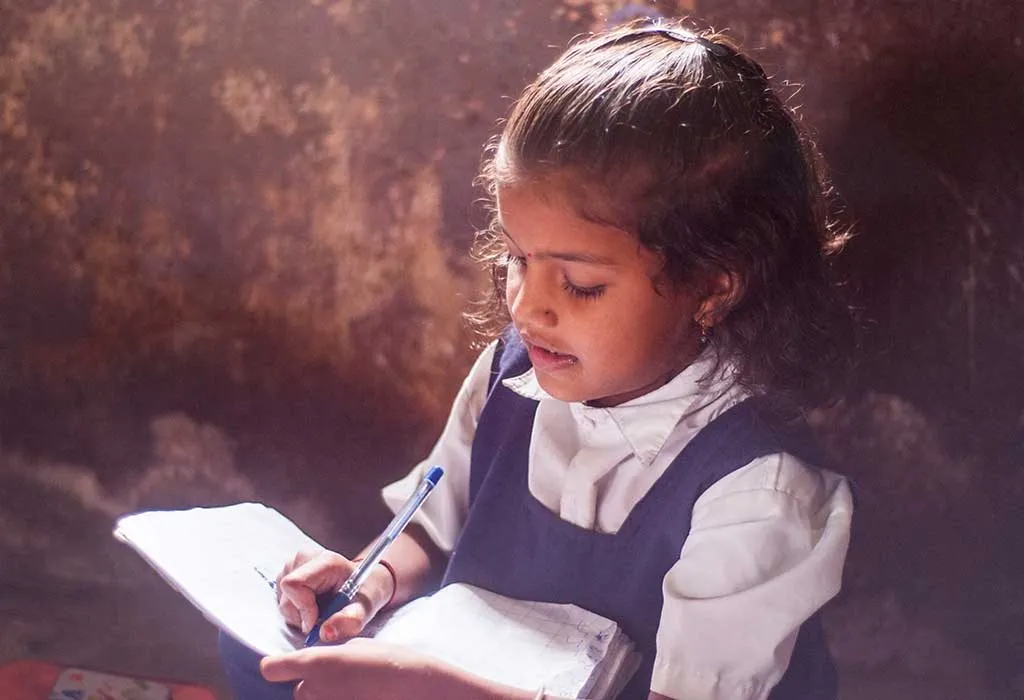

Education is the cornerstone of a progressive society, underscoring the imperative for universal access to learning. The Right of Children to Free and Compulsory Education, enshrined in the Indian Parliament’s Act, solidifies education as a fundamental entitlement for youngsters aged 6 to 14. This legislative provision within the Indian constitution serves as a catalyst, fostering a future generation equipped with enhanced employability, self-sufficiency, and independence. By granting educational rights, the nation paves the way for holistic development, empowering children to contribute meaningfully to the socio-economic fabric and ensuring a brighter, more inclusive future for India. Read on to learn all about the RTE school admission
The Right to Education is a constitutional bill that ensures that every child receives a formal education. This act not only provides children with the opportunity to be educated but also ensures that kids are provided quality education for free. As per this act, children between the ages of 6 and 14 years have the right to free education.
The bill was approved on 26 August 2009. At this time, India became one of 135 countries to make education a fundamental right of every child. The act came into effect on April 1, 2010.
The RTE full form in school admission is the Right to Education. Understanding the features of the RTE is essential for any parent opting for this route towards formal education. This includes understanding the key features of the act and regulations of the act including RTE admission age limit and more.

Concerned about the RTE school admission rules? Here is some information about the eligibility to get admission under the RTE Act.
Wondering how to apply for school admission under RTE? Parents can avail of the RTE admission online. Here is how it can be done.
The first step to applying for schools under the RTE quota is to find eligible schools in your neighbourhood. You can find information about schools in your state online. If you are in Karnataka, you can check this link.
Parents opting to enter their children in school using the quota should log onto the government portal and fill in the document provided. Once you fill out the form, print it.
You can then submit the form with the relevant documents to the relevant authorities in the school of your choice. A child is guaranteed entrance to government schools. Private schools should accept 25% of students under this law.
Here is some more information about the admissions under RTE:
The state education bodies and the special schools known as Navodaya have no screenings for children. Private schools can screen children before admitting them but that screening must be under the norms set by the governing body to ensure there is no discrimination among children based on sex, religion, or caste.
After the relevant forms are filled and submitted, your child will receive a school uniform. The schools cannot charge for it.
Your child has the right to quality education. This means that during the admissions process the school administrators will guide you through relevant procedures which include the issuance of notebooks, textbooks, and stationery. All of this is free of cost in all schools and must not be charged.
To be fair to children from different backgrounds, Navodaya schools and government schools accept children without certificates. Children who cannot submit relevant records or those who never had them are eligible for elementary education. The procedure for this is slightly different and includes the discretion of the registration authority. For more information, contact local government offices.
Children applying through the RTE Act can apply to a maximum of 5 schools in the neighbourhood. This can be in the order of the parent’s preference. In case the application is unsuccessful, the government can place your child in a designated school near your residence or appeal to private schools on your behalf.

As mentioned above, there are documents that need to be submitted along with your RTE admission form. These can be availed at the government portal. Here are the documents that are necessary:
Here is the RTE admission school list in different states:
| States | Websites |
| Karnataka | http://202.138.101.21/schregrte/RTE2015/rteinstructions2016.aspx |
| Maharashtra | https://www.govnokri.in/admission/rte-maharashtra-admission-2019-2020-apply-online/ |
| Andaman & Nicobar Islands | http://righttoeducation.in/resources/states/andaman-and-nicobar-islands |
| Andra Pradesh | http://righttoeducation.in/resources/states/andhra-pradesh |
| Arunachal Pradesh | http://righttoeducation.in/resources/states/arunachal-pradesh |
| Assam | http://righttoeducation.in/resources/states/assam |
| Bihar | http://righttoeducation.in/resources/states/bihar |
| Chandigarh | http://righttoeducation.in/resources/states/chandigarh |
| Chhattisgarh | http://righttoeducation.in/resources/states/chhattisgarh |
| Delhi | http://righttoeducation.in/resources/states/delhi |
| Goa | http://righttoeducation.in/resources/states/goa |
| Gujarat | http://righttoeducation.in/resources/states/gujarat |
| Haryana | http://righttoeducation.in/resources/states/haryana |
| Himachal Pradesh | http://righttoeducation.in/resources/states/himachal-pradesh |
| Jammu & Kashmir | http://righttoeducation.in/resources/states/jammu-and-kashmir |
| Jharkhand | http://righttoeducation.in/resources/states/jharkhand |
| Kerala | http://righttoeducation.in/resources/states/kerala |
| Lakshadweep | http://righttoeducation.in/resources/states/lakshadweep |
| Madhya Pradesh | http://righttoeducation.in/resources/states/madhya-pradesh |
| Manipur | http://righttoeducation.in/resources/states/manipur |
| Meghalaya | http://righttoeducation.in/resources/states/meghalaya |
| Mizoram | http://righttoeducation.in/resources/states/mizoram |
| Nagaland | http://righttoeducation.in/resources/states/nagaland |
| Odisha | http://righttoeducation.in/resources/states/orissa |
| Puducherry | http://righttoeducation.in/resources/states/puducherry |
| Punjab | http://righttoeducation.in/resources/states/punjab |
| Rajasthan | http://righttoeducation.in/resources/states/rajasthan |
| Sikkim | http://righttoeducation.in/resources/states/sikkim |
| Tamil Nadu | http://righttoeducation.in/resources/states/tamil-nadu |
| Tripura | http://righttoeducation.in/resources/states/tripura |
| Uttar Pradesh | http://righttoeducation.in/resources/states/uttar-pradesh |
| Uttarakhand | http://righttoeducation.in/resources/states/uttarakhand |
| West Bengal | http://righttoeducation.in/resources/states/west-bengal |
| Daman & Diu | http://righttoeducation.in/resources/states/daman-and-diu |
| Dadra & Nagar Haveli | http://righttoeducation.in/resources/states/dadra-and-nagar-haveli |
Navodaya schools are exempted from the provisions of the RTE Act. In Navodaya schools, 75% of the seats are reserved for rural children. They also cut paperwork in half for those who may not be able to furnish it. Most Navodaya schools also guarantee admissions without screening. They have 3% reservations for a girl child and seats are reserved for SC/ST children.
The curriculum can vary based on the board of education. This is not just for RTE students but for all students. The CBSE, ICSE, State and NIOS boards have different curricula. Additionally, IB and IGCSE international schools who accept students through RTE can also have differing curriculums. Another point to note is that the curriculum changes in the state board based on the state your child is studying in. This means that the curriculum for SSLC students in Karnataka is different from those studying in Tamil Nadu.
The state board of education is in charge of the curriculum and evaluation-related procedures for different states. The state education ministry along with the board and a panel of educators design the curriculum and the SSLC board evaluates students within the state itself.
Teachers monitor the progress of the students and when the students clear the required educational markers, they give them certificates. Students are evaluated through fair means. Students who are average performers are brought to the level of other students by the teachers. This type of tutelage and education eliminates the need for exams.
As per the Act of Right to Education, children under the RTE and all children up to grade 8 cannot be held back without parental consent. If a parent does agree, the child can be held back, but this is by no means a failure. It is also true that no child can be expelled from a school.
This case is entirely dependent on a child. In theory, the child can be asked to leave when he turns 14 years of age if he meets all educational markers. If not, the school must ensure that the student is at the level of his peers before providing him with certification.
The RTE Act is not meant for any particular section of society. It aims at providing education to children who have limited or no resources. This includes members of the society who aren’t affluent. Its aims is to guarantee education to all the children. This means that children from different backgrounds will have the opportunity to study.
The Right to Education (RTE) Act in India mandates that there should be no application fee for admissions under this provision. RTE aims to ensure free and compulsory education for children aged 6 to 14, and charging an application fee would go against this principle. Therefore, schools cannot levy any application fee for RTE admissions. This policy is intended to remove financial barriers and ensure that all children, regardless of their economic background, have access to quality education.
The RTE Act ensures that children get the opportunity to study and empower themselves. To opt for the RTE, please contact the education department at the state level. It is important to remember that the future of your child is secure through this act.
Also Read: